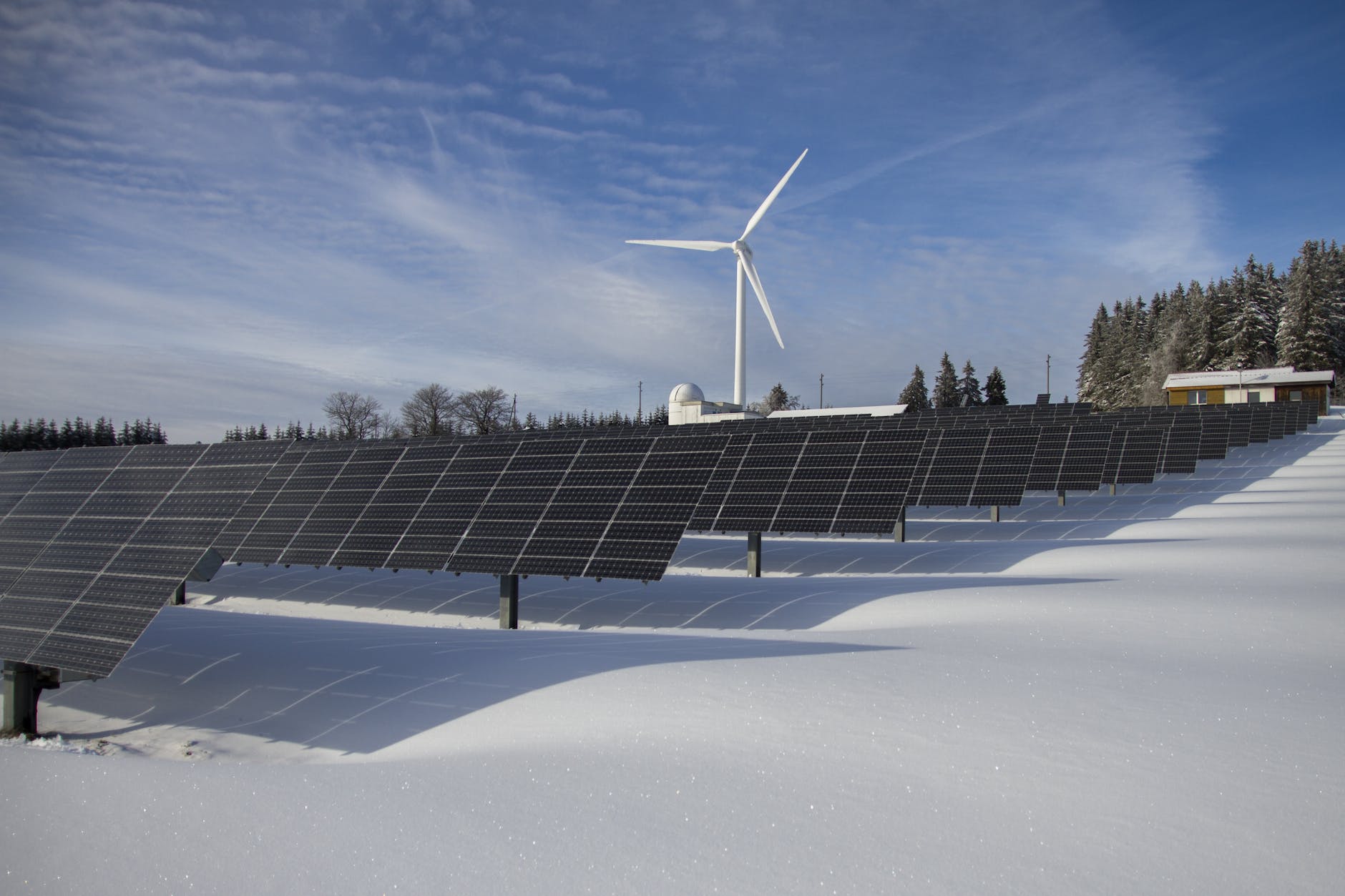Renewable energy is energy that comes from sources that are not depleted when used. These include wind, solar, hydro, biomass and geothermal. It can provide electricity, heat and fuel for various purposes. These include lighting, heating, cooking, transportation and industry. It is also considered to be more environmentally friendly than fossil fuels, as it produces less greenhouse gas emissions and air pollutants.

Renewable energy has been growing rapidly in recent years, thanks to technological innovations, policy support and cost reductions. According to the International Renewable Energy Agency (IRENA), renewable energy accounted for 29% of the global electricity generation in 2020, up from 26% in 2019. The share of renewable energy in total final energy consumption was 18% in 2019, up from 17.3% in 2018.
Some of the latest developments in renewable energy include:
Offshore wind:
Offshore wind farms are wind turbines that are installed in the sea or in large lakes. Offshore wind has the advantage of higher and more consistent wind speeds than onshore wind, as well as less visual and noise impacts. Offshore wind capacity reached 35 gigawatts (GW) globally in 2020, an increase of 6 GW from 2019. The largest offshore wind market is China, followed by the United Kingdom and Germany.
Solar photovoltaic (PV):
Solar PV is a technology that converts sunlight into electricity using semiconductor materials. Solar PV can be installed on rooftops, buildings, ground-mounted systems or floating platforms. Solar PV capacity reached 714 GW globally in 2020, an increase of 127 GW from 2019. The largest solar PV market is China, followed by the United States and Japan.
Hydrogen:
Hydrogen is a versatile energy carrier that can be used for various applications, such as power generation, transportation and industry. It can be produced from renewable sources, such as water electrolysis using renewable electricity or biomass gasification. Also, it can be blended with natural gas or used to produce synthetic fuels. Production of hydrogen from renewable sources reached 120 megawatts (MW) globally in 2020, an increase of 40 MW from 2019. The largest hydrogen producer is Germany, followed by Japan and France.

Renewable energy is the future: our only future
Renewable energy has many benefits for society and the environment. It will help reduce greenhouse gas emissions, enhance energy security and diversification. It promises job creation and economic opportunities. It also provides opportunities to improve health and well-being. In addition, it will support social development to improve society.
However, renewable energy also faces some challenges, such as intermittency and variability, grid integration and storage. There are also cost competitiveness and financing issues. In addition, policy uncertainty and public acceptance are potential issues. To overcome these challenges and accelerate the transition to a renewable energy future, more efforts are needed from governments, businesses, civil society and individuals.
